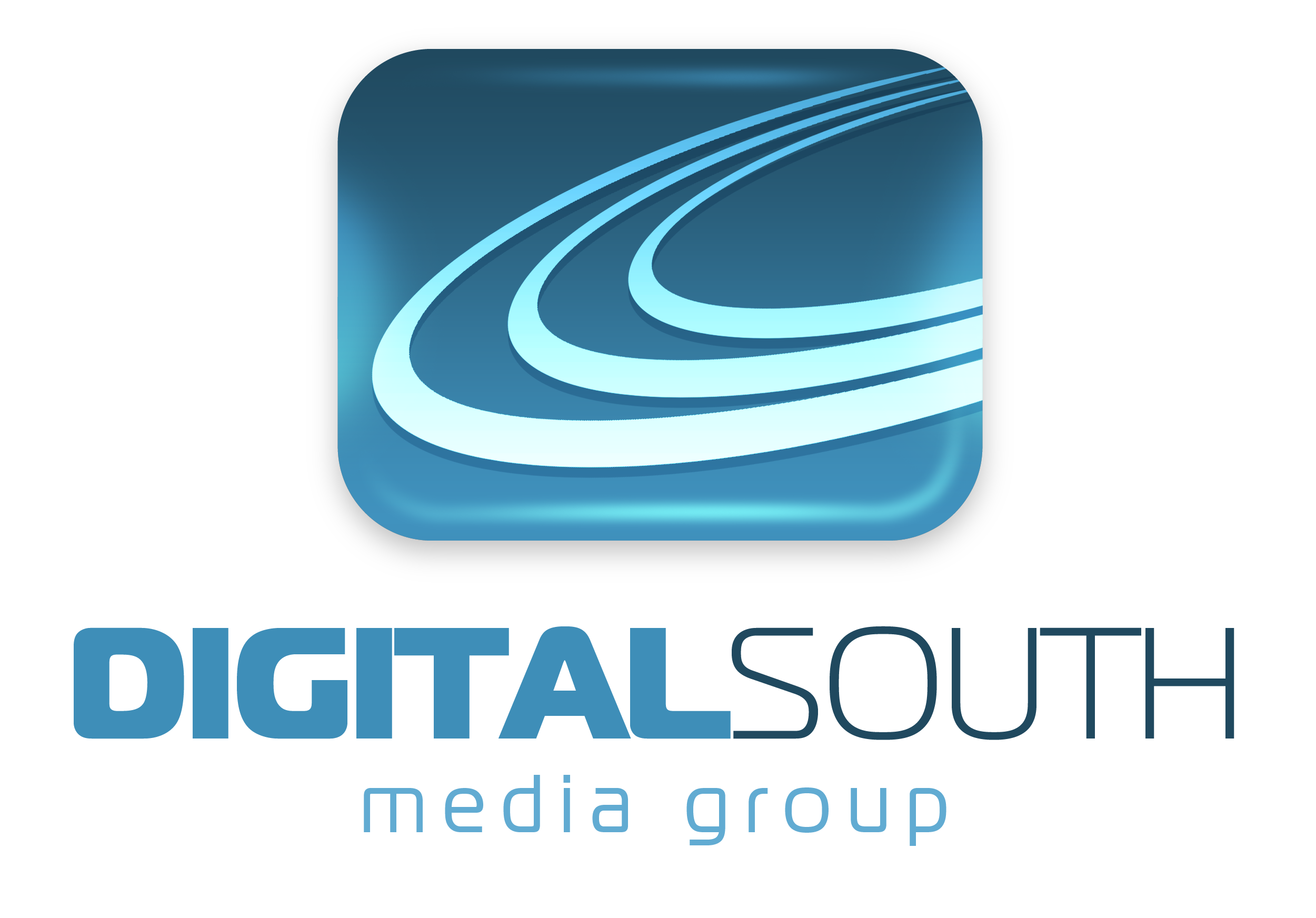In an increasingly digital world, the printing industry has also undergone a significant transformation. Digital printing has emerged as a game-changer, revolutionizing the way we produce printed materials. From personalized marketing collateral to on-demand printing, digital printing offers businesses and individuals a cost-effective, flexible, and high-quality solution. In this article, we will explore the benefits and applications of digital printing, highlighting its impact on various industries and its potential for the future.
The Advantages of Digital Printing:
Digital printing offers several advantages over traditional printing methods, such as offset printing. One of the key benefits is its cost-effectiveness, especially for small print runs. Unlike offset printing, which requires expensive setup costs, digital printing allows for quick and affordable production of small quantities. This makes it ideal for businesses that require variable data printing or personalized marketing materials.
Another advantage of digital printing is its flexibility and fast turnaround time. With digital printing, there is no need for plates or lengthy setup processes. Files can be sent directly to the printer, enabling quick production and delivery. This flexibility is particularly useful for time-sensitive projects or last-minute changes.
High-quality results are also a hallmark of digital printing. Advancements in technology have made it possible to achieve sharp, vibrant, and accurate prints with digital printers. The ability to reproduce intricate details and gradients accurately has made digital printing a popular choice for artists, photographers, and designers.
Applications of Digital Printing:
Digital printing has found applications in various industries, transforming the way businesses and individuals approach printing projects. In the marketing and advertising sector, digital printing enables personalized direct mail campaigns, customized brochures, and promotional materials. This level of personalization helps businesses engage with their target audience effectively.
In the publishing industry, digital printing has made it easier and more cost-effective to produce books, magazines, and other printed materials. Print-on-demand services have become increasingly popular, allowing authors and publishers to print books as they are ordered, eliminating the need for large print runs and storage costs.
Digital printing has also made its mark in the packaging industry. With the ability to print on a wide range of materials, including cardboard, plastics, and labels, digital printing offers flexibility and customization options for packaging designs. This has opened up new possibilities for product branding and packaging innovation.
The Future of Digital Printing:
As technology continues to advance, the future of digital printing looks promising. The introduction of 3D printing has already revolutionized the manufacturing industry, and it is expected to have a significant impact on the printing industry as well. 3D printing allows for the creation of three-dimensional objects, opening up possibilities for prototyping, product development, and customized manufacturing.
Furthermore, advancements in inkjet technology and the development of environmentally friendly inks have made digital printing more sustainable. Reduced waste, energy consumption, and chemical usage are some of the environmental benefits associated with digital printing.
Digital printing has transformed the world of print, offering businesses and individuals a cost-effective, flexible, and high-quality solution. Its advantages, such as cost-effectiveness, fast turnaround time, and personalized printing, have made it a popular choice across industries. As technology continues to evolve, the future of digital printing looks promising, with the potential for further innovation and sustainability. Whether it’s for marketing materials, publishing, or packaging, digital printing has undoubtedly revolutionized the way we approach printing projects, providing endless possibilities for creativity and customization.

